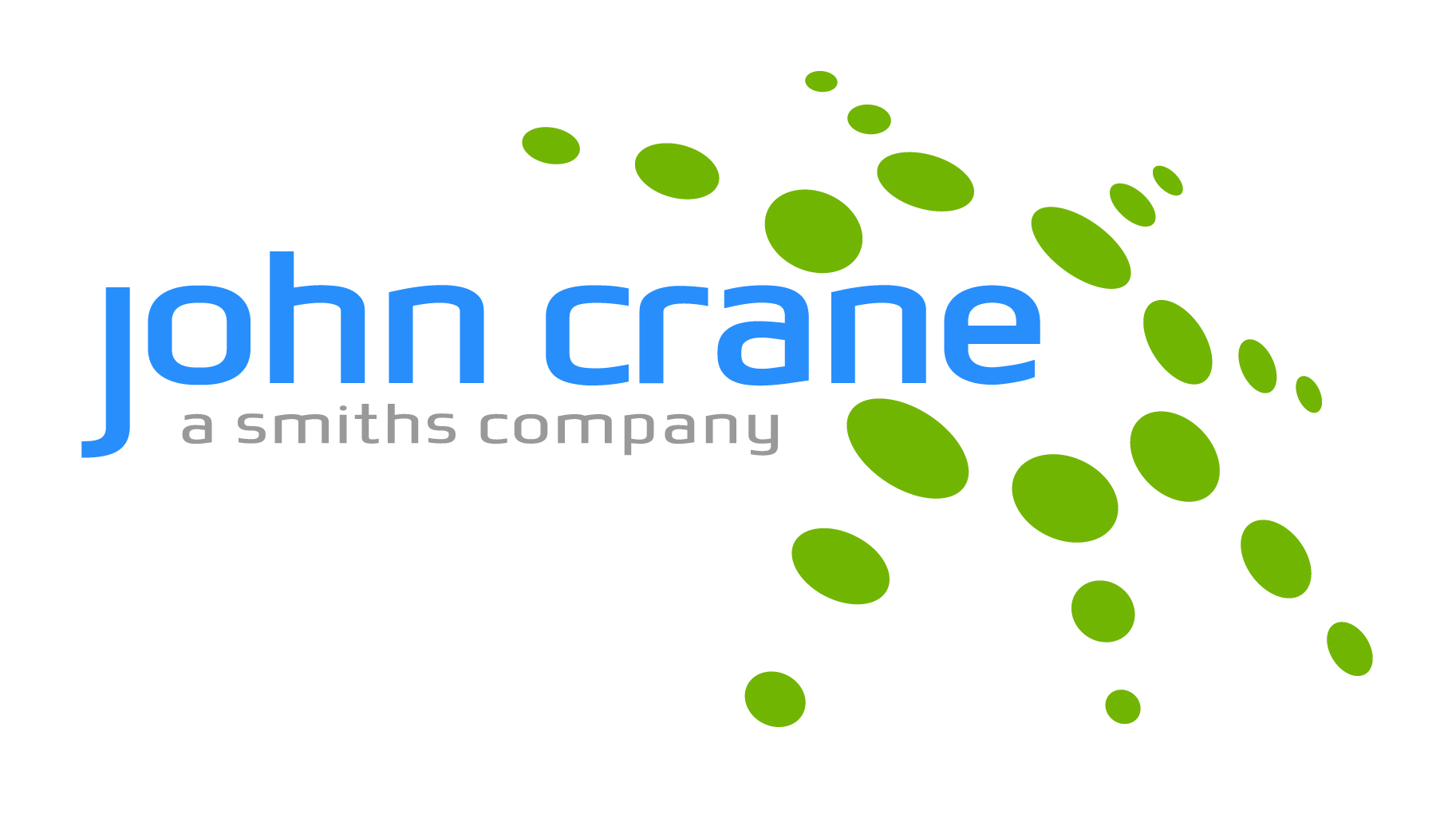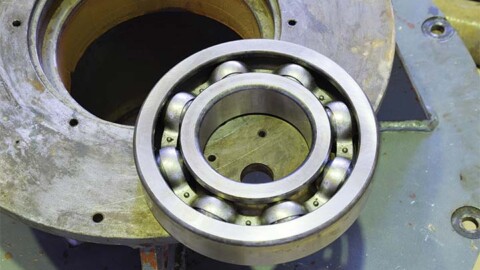The PIA’s Australian Pump Technical Handbook is a cornerstone text for the Australian pump industry and, in our opinion, a must have for anyone who deals with pumps on a regular basis. In this ongoing series, we feature abridged chapters from the classic book to showcase the various areas covered and to reacquaint readers with the technical aspects of pumps. In this issue, we look at what elements make up a pump system that impact on energy consumption.
Pump system elements
A pumping system can have three main elements which can each be individually reviewed and an assessment made on the impact of losses on energy consumption.
- Pump suction line – this element covers the pipe from the liquid source to the pump suction connection. The liquid source can be above or below the pump centreline
- Pump discharge line – this elements stares at the pump discharge connection and runs to the liquid discharge point(s). Losses in pipes, fittings and other equipment in the discharge line such as filters, heat exchangers, etc.
- Control systems – the pumpset requires some sort of control, even if it is only a basic manual start/stop system. The control system can contribute to how efficiently the overall system operates
Pump suction line
When designing an efficient pump suction line, the first consideration is that the Net Positive Suction Head (NPSHA) from the system is greater than the Net Positive Suction Head Required (NPSHR) for the pump.
NPSH is the total head at the pump suction branch over and above the vapour pressure of the liquid being pumped.
NPSHR is a function of the pump design and is the lowest value of NPSH at which the pump can be guaranteed to operate without significant cavitation.
There is no absolute criterion for determining what the minimum NPSH should be, but pump manufacturers normally select an arbitrary drop in total dynamic head (differential head) of three per cent as the normal value for determining NPSHR.
In designing a pump suction line the following factors should be taken into account:
- The static suction head – the vertical distance between the liquid and the centreline of the pump suction flange
- Where possible, the pump should be arranged to operate with positive suction head
- Where this is not possible, the pump should be position with the minimum height differential between the free surface of the suction reservoir and the pump suction flange
- The friction losses in the suction line should be minimised. This applies to both pipes and fittings. The friction losses in pumping systems are proportional to the square of the fluid velocity and the length of the overall piping system.
The following guidelines should be followed:
- The suction line should be as short and straight as possible to minimise friction loss
- The suction line should be at least the same size as the pump suction connection. If it is larger, an eccentric reducer should be fitted to the pump suction connection
- In sizing the pump suction line, the speed of the liquid through the pipe should be 1-2m/sec unless the fluid contains solids in suspension valves in the suction line should be limited to a pump isolating valve in the suction line, and a foot valve and strainer for a non self-priming pump with a suction lift
- When a pump is working with a suction head, it is sometimes necessary to fit an inline strainer to protect the pump. If a strainer is fitted, it should be selected to minimise the loss across the strainer and have a differential pressure gauge to allow operators to know when the strainer needs to be cleaned
- The pipe from the liquid source to the pump suction should slope up to the pump when pumping from below the pump and slope down to the pump when pumping from above the pump to eliminate the possibility for air to accumulate in the line
- If the pump is drawing from a pressurised source on the suction tank at high elevation to the pump, care should be taken to ensure that the pump can accept the high suction pressure, as this can, in some cases, pace loads on the pump bearings and seals which could increase maintenance requirements and/or lead to possible early failure of these parts
- When selecting isolating valves, foot valves, strainers, bends etc., it is recommended to choose those items that will provide minimal friction resistance
- Intake design should be carefully considered
Pump discharge line
The majority of the total head that a pump generates normally comes from the discharge line in the form of static head, friction losses and leakage etc. Static head is normally determined by site conditions, and friction losses are determined by the type and sizing of the pipe, pipe fittings and other components.
Pipes
There are several factors that should be considered when selecting a discharge pipe:
| Fluid Properties | Pipe Considerations |
| Temperature
Chemical properties (pH) Viscosity Solids content |
Pressure rating
Overall pipe length Surface roughness |
Furthermore, the maximum design flow usually determines the size of the pipe, while the maximum system pressure would be a factor in determining the pipe material along with the other fluid properties.
When designing a pump discharge line, the following additional factors should be taken into account:
- Reference to pipe material data should be made to select appropriate performance criteria. For example, oil at 300°C should not be pumped through plastic pipes.
- Pumping high viscosity fluids substantially increases the friction loss in pipes, which may require the use of larger diameter pipes and longer radius bends
- To maximise the overall efficiency of a pumping system, it is often necessary to size the discharge piping in a way that balances energy consumption with pipe capital cost
- For process plants, where a pipe run is short, the pipe can be sized based on a fluid velocity in the pipe of 2.5-3m/sec. For longer pipeline, such as water supply lines, where friction usually becomes a large part of the total head a pipe can be sized based on fluid velocity on the pipe of 2m/sec
Valves
When considering valves, it is important to understand why the valve is installed and what function it needs to fulfill.
For example, it is generally recommended that a centrifugal pump is fitted with an isolating valve and a non-return valve.
The isolating valve will assist with pump maintenance and removal, and the non-return valve prevents backflow and reverse rotation which can damage a pump and/or driver.
A flow valve may be fitted in the discharge system to allow the pump operator to vary the flow rate to meet operational demands.
The requirements for valves in a discharge pipeline are determined by process considerations; the correct design is based on experience. It is normally recommended that selection should be done in consultation with a valve supplier.
Pipe fittings and branch connections
Pipe fittings are generally selected from standardised components that are available.
These allow for changes in the direction of the flow system connecting the suction reservoir to the discharge reservoir along a chosen path. These include elbows, long radius bends, T and Y branches, and other forms of fittings.
While the frictional loss in these fittings is a factor, rapid changes in direction can cause rotation and turbulence in the fluid, which can have detrimental effects and increase friction losses.
Pipe diameter change
Not all sections of a piping system will need to accommodate the full discharge flow rate from the pump. Many systems distribute the overall flow to different locations.
Typical examples are a water reticulation system, an irrigation sprinkler system or a fire protection sprinkler system. Sudden changes in diameter should be avoided as these increase friction losses and consume additional energy.
A change of diameter should be effected gradually by using a taper piece. For best results , the included angle of a taper piece should be 10-13 degrees.
Miscellaneous discharge pipe components
Discharge pipes often have components in the line which are required by the process in which the pumping system operates. All components such as flow and pressure regulation devices or valves will absorb energy and increase the friction losses.
While this is the function for the process designer, these need to be viewed in conjunction with the envisaged flow control system for the installation as this will have an impact on the total system efficiency.
Final discharge outlets
All pumping systems must terminate somewhere.
- Nozzles – these are designed to project the fluid by means of changing pressure energy into velocity energy. Losses in the nozzle itself should be minimised by good design
- Open outlets – these can be used to deliver the fluid to a dam, reservoir, sump or tank, and is at atmospheric pressure. An outlet is normally the same size as the pipe from the pump which allows the fluid to be discharged with minimal exit losses. A flap is often fitted to prevent anything entering the pipe system when the pump is not operational.
- Closed outlets, come in several forms:
- An outlet that is at the bottom of a vessel filled with fluid and open to atmosphere
- An outlet with a float valve can be used in simple tank filling operations. This leaves the system pressurised unless the pump is switched off. More recently, options such as float switches or level sensors can be used to switch off the pump when the tank is full
- A pressurised outlet is one in which a system is pumping into a vessel that is under pressure such as a boiler vessel. It has the same properties as (a) above, except the pressure normally imposed is much higher than the static head in the tank
Pump control systems
The performance of a pumping system can be controlled in a number of ways depending on the user requirements from the installed plant and pumping equipment:
- By mechanically controlling the system output by utilising throttle valves, pressure reducing valves or by-pass valves
- Selecting the appropriate size and number of pumps operating in the system to meet varying operating conditions (series and parallel operation)
- Using pump speed control to vary the flow and head generated by the pumping equipment. This can be achieved by mechanical methods to vary the speed of a pump (i.e. vee-belts, gearboxes, variable speed couplings or similar). Alternatively, by electrically controlling the driver either to alter the pump speed or start/stop the system to meet its varying demands



















